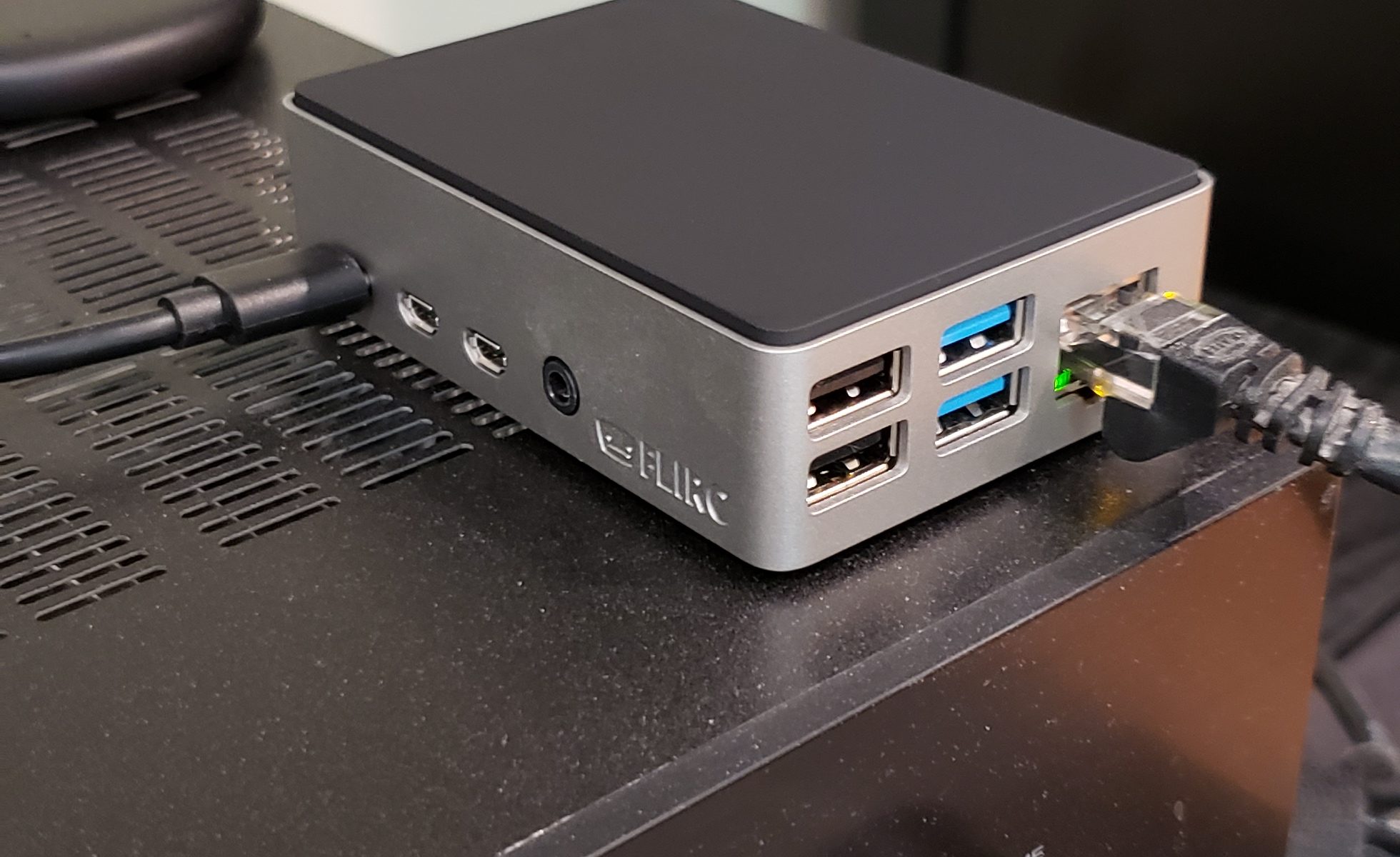Coronavirus killed my wifi
Like everyone else in the world, my household has been stuck at home for the past few months. All that working from home traffic, streaming, gaming, etc hasn’t been easy on my aging wifi access point (not technically a router in my case), and a week or two ago my wifi finally died. Woe.
In normal times, a quick trip to Best Buy for a new one would’ve been the end of it- but alas, the shelves were empty, and delays from Amazon meant the Earl household was looking at nearly five days without wifi before a replacement could arrive. Five, miserable days of being tethered by ethernet cables, of hearing a dystopian chorus of every Alexa screaming in unison about their lack of an internet connection, of smart lights stubbornly refusing to turn themselves off… in short, hell on earth.
Not today, Satan.
Continue reading “DIY Wifi Router Access Point With Raspberry Pi”
